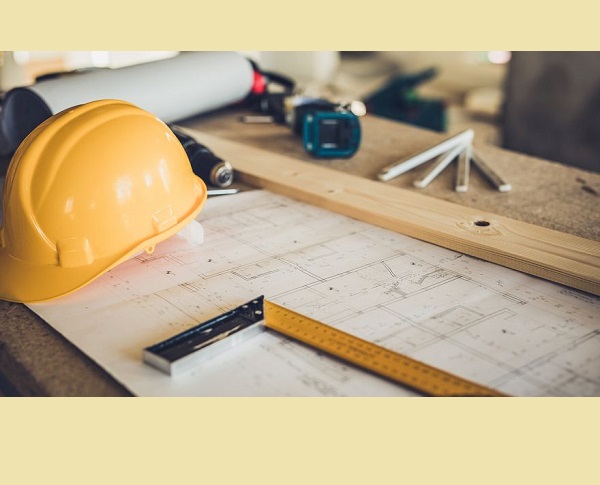Price: $39.99
OSHA Shipyard Employment Standard
This course contains all the safety and health standards specific to the Shipyard Industry contained in Title 29 Code of Federal Regulations (CFR) Part 1915
Course Modules - (35)
Learning Outcomes:
- To assist employers and employees in developing effective safety and health programs.
- Reducing exposure to hazardous substances, implementing ergonomic solutions and improving site conditions.
- Protecting the well-being of workers and supporting the long-term operational efficiency of the industry.
Completion Requirements:
- 100% appearance for the course
- Fully involvement in all class trainings (determined by instructor)
- Completion of Continuing Education and Training Registration Form
- Completion of mandatory quiz assessments
- As applicable, attainment of least passing score on required end-of-course examination
- Participation and submittal of end-of-course assessment form (must provide name on form to obtain credit)


